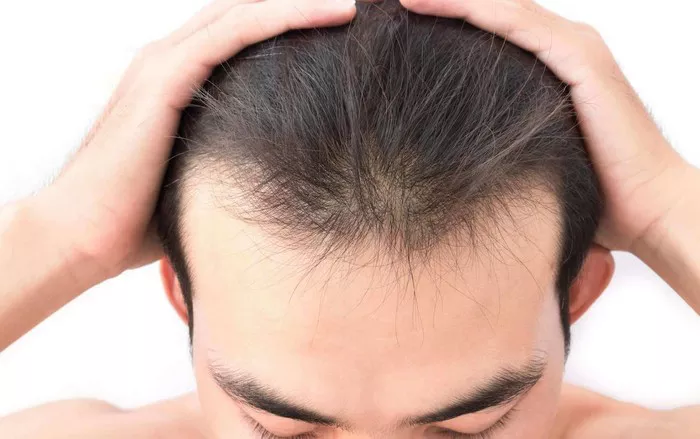Receding hairline, a common concern for many individuals, occurs when the hairline gradually moves backward, exposing more of the forehead and giving the appearance of a higher hairline. While receding hairline is often associated with aging, it can also occur due to various factors, including genetics, hormonal changes, medical conditions, and lifestyle choices. Understanding the underlying causes of receding hairline is essential for implementing effective prevention and treatment strategies. In this article, we’ll delve into the primary causes of receding hairline, providing detailed insights into each factor and its contribution to hair loss.
Genetics:
Hereditary factors: Genetics play a significant role in determining an individual’s susceptibility to hair loss, including receding hairline. If you have a family history of male or female pattern baldness, you’re more likely to experience receding hairline at some point in your life.
Androgenetic alopecia: Androgenetic alopecia, also known as male or female pattern baldness, is the most common cause of receding hairline. It is characterized by a specific pattern of hair loss, typically starting with thinning at the temples or crown of the head and gradually progressing over time.
Hormonal Changes:
Dihydrotestosterone (DHT): DHT is a hormone derived from testosterone that plays a role in hair growth and hair loss. In individuals genetically predisposed to hair loss, DHT can bind to hair follicles, causing them to shrink and eventually stop producing hair.
Hormonal fluctuations: Hormonal changes associated with puberty, pregnancy, childbirth, and menopause can impact hair growth and contribute to receding hairline. Increased levels of androgens or changes in hormone balance can trigger or accelerate hair loss in susceptible individuals.
Medical Conditions:
Thyroid disorders: Thyroid disorders, such as hypothyroidism or hyperthyroidism, can disrupt the normal functioning of the thyroid gland, leading to hormonal imbalances that may contribute to hair loss, including receding hairline.
Alopecia areata: Alopecia areata is an autoimmune condition characterized by patchy hair loss on the scalp, which can progress to more extensive hair loss, including receding hairline, in severe cases.
Scalp infections: Fungal infections, such as ringworm or folliculitis, can cause inflammation and damage to the hair follicles, leading to hair loss and receding hairline if left untreated.
Lifestyle Choices:
Stress: Chronic stress can disrupt the hair growth cycle and contribute to hair loss, including receding hairline. Stress-induced hair loss, known as telogen effluvium, can lead to excessive shedding and thinning of the hair.
Poor nutrition: Inadequate intake of essential nutrients, such as protein, vitamins, and minerals, can impair hair growth and contribute to hair loss, including receding hairline. A balanced diet rich in nutrients is essential for maintaining healthy hair.
Smoking: Smoking has been linked to hair loss and premature aging of the skin, including receding hairline. The toxins in cigarette smoke can damage the hair follicles and impair blood circulation to the scalp, leading to hair loss and thinning.
Conclusion:
Receding hairline can be a distressing experience for many individuals, but understanding its underlying causes is the first step towards effective prevention and treatment. Whether it’s genetic predisposition, hormonal imbalances, medical conditions, or lifestyle choices, addressing the root cause of receding hairline can help slow or stop hair loss and promote healthy hair growth. By adopting healthy lifestyle habits, seeking medical treatment for underlying conditions, and exploring hair loss prevention strategies, individuals can maintain a full head of hair and boost their confidence and self-esteem.
In conclusion, receding hairline is a multifactorial condition influenced by genetics, hormonal changes, medical conditions, and lifestyle choices. While some factors, such as genetics, may be beyond our control, others, such as lifestyle choices and medical conditions, can be addressed through proactive measures. By understanding the underlying causes of receding hairline and taking appropriate steps to address them, individuals can maintain healthy hair and minimize hair loss. Remember that early intervention is key, so don’t hesitate to seek professional guidance if you’re experiencing receding hairline or other hair loss concerns. With the right approach and consistency, you can preserve your locks and enjoy a lifetime of healthy, beautiful hair.
How To Get Rid Of Frizz On Top Of Head

